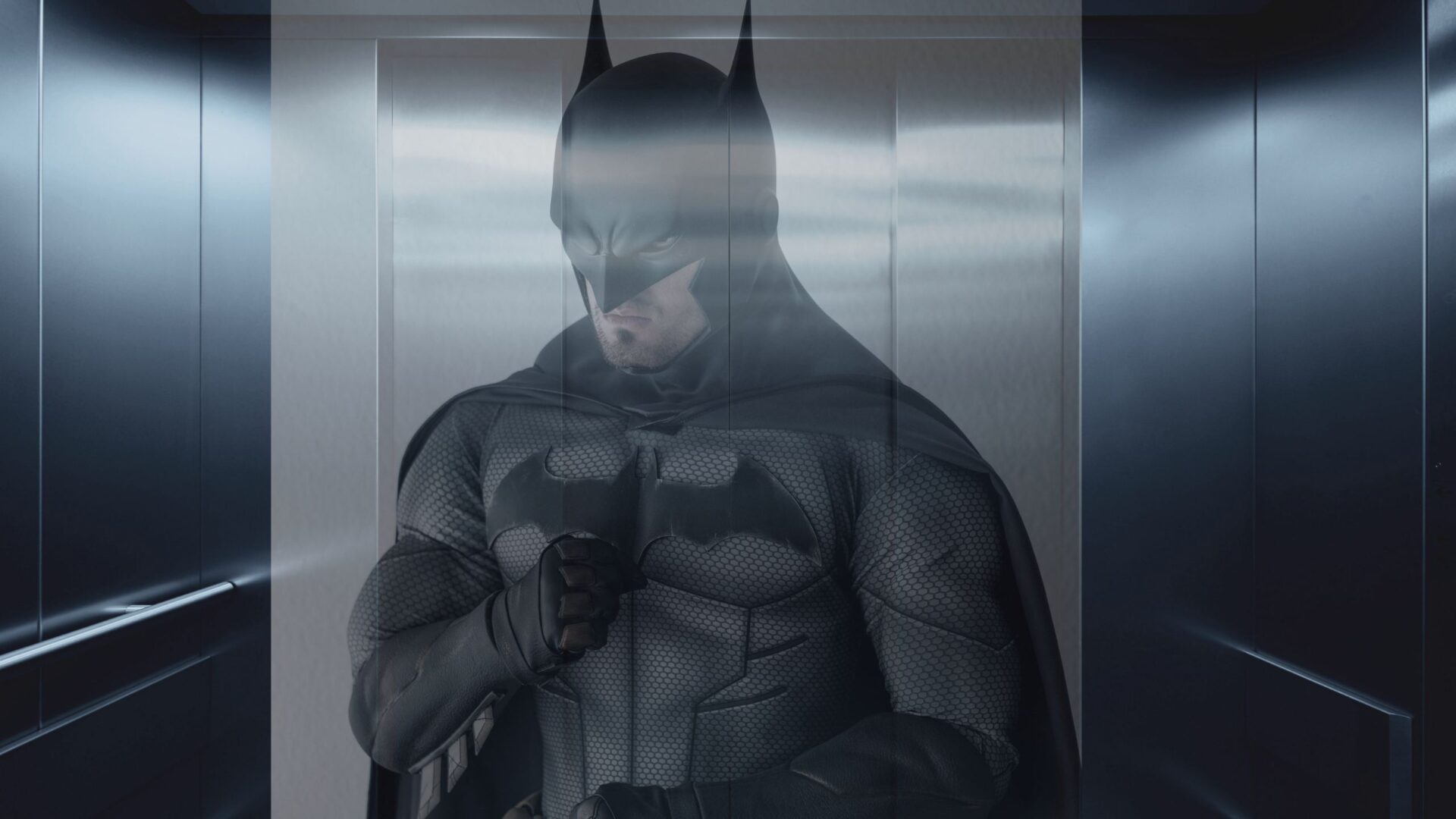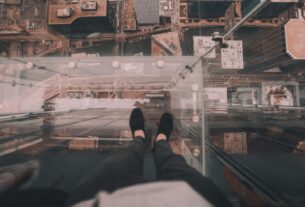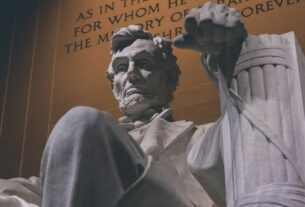Claustrophobia, A Psychoanalytic Exploration of Fear and Childhood Trauma
Claustrophobia, an anxiety disorder characterized by an intense fear of confined spaces, has intrigued psychologists for decades. This medical article delves into the psychoanalytic perspective on claustrophobia, tracing its roots to childhood experiences, particularly those associated with birth, drowning, and choking. By examining the intricate web of psychological factors contributing to this phobia, we aim to shed light on the profound impact of early experiences on an individual’s mental well-being.
Claustrophobia, and what is it?
Claustrophobia is a prevalent anxiety disorder characterized by an irrational and overwhelming fear of enclosed spaces. While various therapeutic approaches exist, this article employs a psychoanalytic lens to delve into the origins of claustrophobia. Drawing from the annals of psychoanalysis, we explore how childhood experiences, particularly those linked to birth, drowning, and choking, may underpin the development of this crippling phobia.
Birth Trauma: The Inaugural Fright
One avenue of exploration in understanding claustrophobia’s roots leads us to the birth experience. The process of birth is marked by confinement, pressure, and a journey from the safety of the womb into an unfamiliar world. Psychoanalysts posit that traumatic birth experiences, such as complications or protracted labor, can instill deep-seated anxieties related to confinement and helplessness.
Drowning in Fear: Water, the Element of Terror
Water holds a unique fascination for the human psyche. However, for those who later develop claustrophobia, water experiences in childhood can assume nightmarish proportions. Instances of near-drowning or even witnessing such events can imprint vivid memories of suffocation, which may later resurface when confronted with confined spaces.
Choking Incidents: A Traumatic Reminder
Choking experiences during childhood can leave indelible marks on the psyche. Whether it’s choking on food or a small object, these terrifying episodes can plant the seeds of claustrophobia. The sensation of breathlessness and fear of a confined airway may translate into an aversion to enclosed spaces where the threat of suffocation seems imminent.
The Psychoanalytic Framework: Unveiling the Unconscious
Claustrophobia, like many phobias, is rooted in the unconscious mind. Psychoanalysis postulates that these fears arise from repressed memories and unresolved conflicts from childhood. By tapping into the patient’s unconscious through methods like talk therapy, analysts aim to bring these buried traumas to the surface.
Conclusion: Navigating the Chambers of Fear
Claustrophobia, while commonly experienced, remains enigmatic in its origins. This psychoanalytic exploration has shed light on the potential connection between early childhood traumas and the development of this phobia. Traumatic birth experiences, near-drowning incidents, and choking episodes have all been posited as possible catalysts for the debilitating fear of enclosed spaces.
Understanding the psychological underpinnings of claustrophobia is paramount for both clinicians and individuals grappling with this disorder. By excavating the roots of these fears and working through them in a therapeutic setting, individuals may find a path towards alleviating the suffocating grip of claustrophobia and reclaiming their freedom in the world of confined spaces.
Claustrophobia Films
Several films effectively portray claustrophobia, often using confined spaces and intense psychological tension to create a sense of unease. Here are a few notable examples:
- “Buried” (2010): This thriller directed by Rodrigo Cortés stars Ryan Reynolds as a man buried alive in a coffin with only a lighter and a cell phone. The entire film takes place within the confines of the coffin, creating an intensely claustrophobic experience.
- “The Descent” (2005): Directed by Neil Marshall, this horror film follows a group of women who become trapped in an unexplored cave system. As they struggle to find a way out, the tight, dark tunnels and their deteriorating mental states contribute to the feeling of claustrophobia.
- “Das Boot” (1981): Directed by Wolfgang Petersen, this German war film is set aboard a U-boat during World War II. The tight quarters, the constant threat of attack, and the psychological toll of being submerged for extended periods create a palpable sense of claustrophobia.
- “Panic Room” (2002): Directed by David Fincher, this thriller stars Jodie Foster and Kristen Stewart as a mother and daughter who take refuge in a panic room when intruders break into their home. The majority of the film unfolds within the confines of the panic room, intensifying the claustrophobic atmosphere.
- “Cube” (1997): Directed by Vincenzo Natali, this sci-fi thriller features a group of strangers trapped in a maze of deadly, booby-trapped rooms. As they try to escape, the characters must confront their own fears and paranoia in the claustrophobic, high-stakes environment.
- “The Shining” (1980): Stanley Kubrick’s adaptation of Stephen King’s novel is known for its use of the Overlook Hotel’s maze-like corridors to create a sense of isolation and confinement. Jack Nicholson’s descent into madness only adds to the claustrophobic atmosphere.
- “127 Hours” (2010): Directed by Danny Boyle, this biographical survival drama tells the real-life story of Aron Ralston, a hiker who becomes trapped by a boulder in a remote canyon. The film’s focus on his isolation and struggle for survival in a confined space highlights the claustrophobic nature of his predicament.
These films employ various techniques, from cinematography to storytelling, to immerse viewers in the experience of claustrophobia, making them compelling and sometimes unsettling viewing experiences.
Did You Know About Batman’s Claustrophobia?
One notable film that portrays a main actor as claustrophobic is “The Dark Knight” (2008), directed by Christopher Nolan. In this superhero film, Batman, played by Christian Bale, is depicted as suffering from a severe case of claustrophobia. This psychological vulnerability is explored in several scenes throughout the movie.
One particularly memorable moment is when Batman is captured and imprisoned in a pit in a remote location. As he attempts to escape, he must confront his fear of enclosed spaces, which becomes a significant obstacle to his freedom. This portrayal of Batman’s claustrophobia adds depth to the character and contributes to the tension and suspense of the film.



